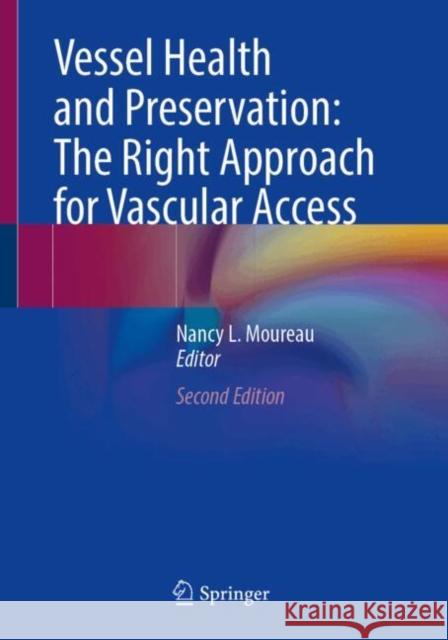Vessel Health and Preservation: The Right Approach for Vascular Access » książka



Vessel Health and Preservation: The Right Approach for Vascular Access
ISBN-13: 9783031485756 / Angielski
Vessel Health and Preservation: The Right Approach for Vascular Access
ISBN-13: 9783031485756 / Angielski
(netto: 374,81 VAT: 5%)
Najniższa cena z 30 dni: 382,68
ok. 22 dni roboczych
Dostawa w 2026 r.
Darmowa dostawa!
Nancy Moureau, RN, PhD, BSN, CRNI, CPUI, VA-BC is an internationally recognized speaker and expert in the field of vascular access, infusion therapy and specifically peripherally inserted central catheters. As the owner and CEO of PICC Excellence, Dr. Moureau creates online educational programs and works with companies to provide education to clinicians. A nurse for more than 35 years, Dr. Moureau continues her clinical work with home health and hospital infusion services. She is constantly involved with research and literature analysis. An adjunct associate professor and member of the Alliance for Vascular Access Teaching and Research (AVATAR group) at Griffith University, Brisbane, Australia, Dr. Moureau takes on many projects and most recently chaired the International Consensus Forum for the World Congress of Vascular Access (WoCoVA) to establish Standard Minimal Education Requirements for Central Venous Access Devices. Her team at PICC Excellence has established the only worldwide registered PICC Certification, Certified PICC Ultrasound Inserter and Certified Neonatal PICC Inserter, where those who meet and maintain qualifications gain and maintain the credentials of CPUI or CNPI. The author of more than 100 publications, recipient of the Herbst Award for lifetime achievement and key opinion leader on vascular access, Dr. Moureau continues to work to contribute to the application of evidence based practices that promote optimal patient outcomes with vascular access and infusion therapy services.
1997-2025 DolnySlask.com Agencja Internetowa
KrainaKsiazek.PL - Księgarnia Internetowa









